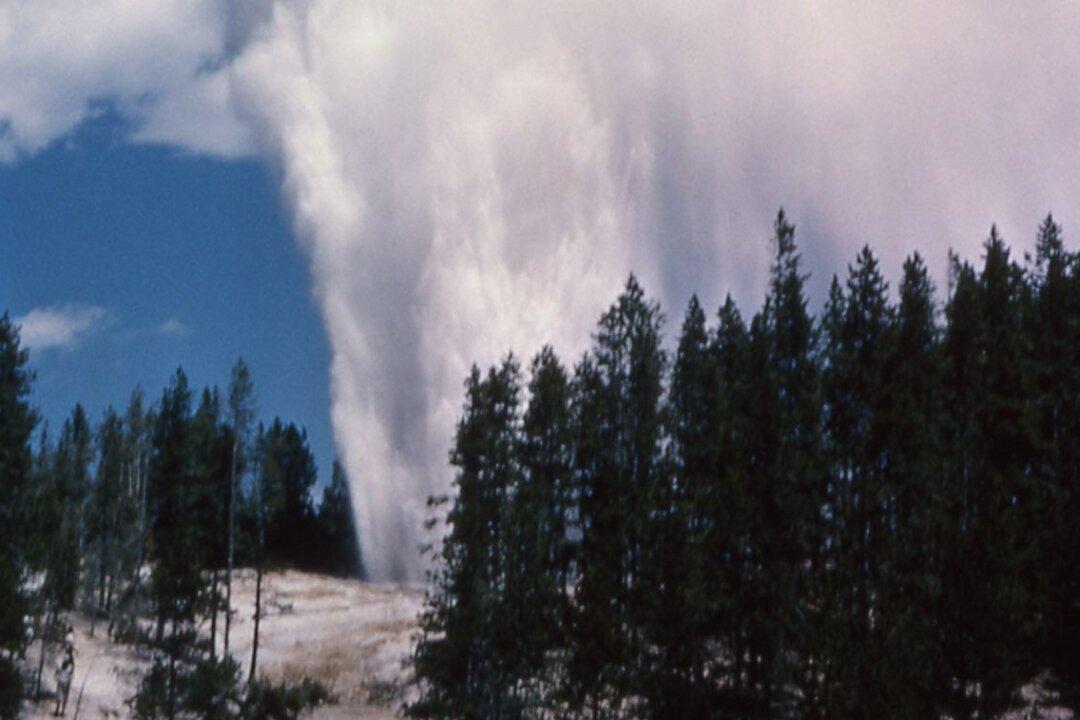Yellowstone National Park’s Steamboat Geyser is quite active right now, and scientists aren’t sure exactly why.
The geyser sped up its eruption cycle in June and set a new record for intervals between eruptions, the Billings Gazette in Montana reported.





